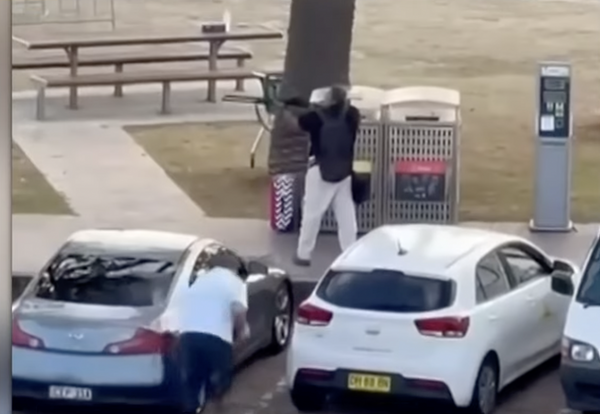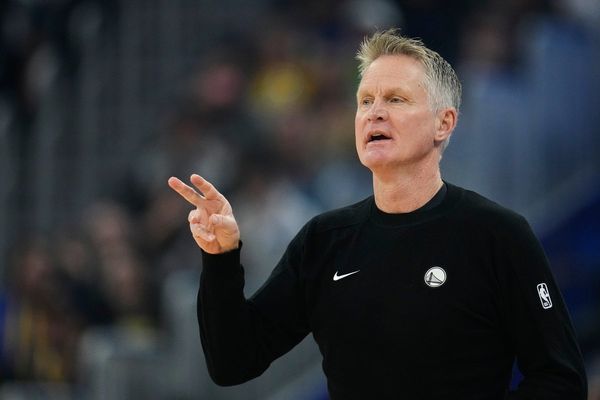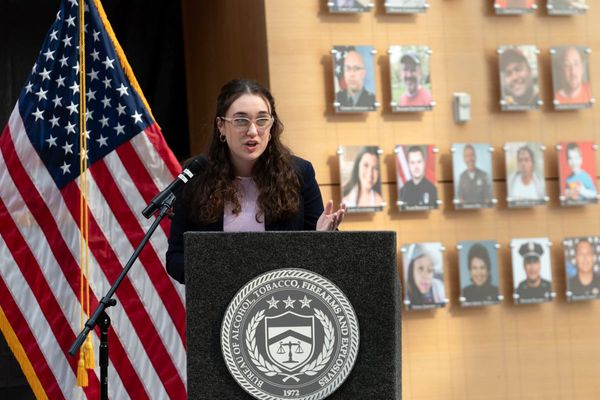This Sunday, in the quiet, scenic surrounds of the Lake District, an Olympic gold medalist swaps the roar of a velodrome for the hum of wetsuits, cleats, and running shoes.
Philip Hindes, one of the most explosive sprinters to ever grace the boards for British Cycling, will line up for the Lakesman Ironman.
It’s an entirely new and gruelling challenge that demands something far removed from the chaos of a team sprint.
Read more:
-
Brian Graham completes Scottish Premiership move as striker departs Partick Thistle
-
Scottish football needs to say no to newco - but how can we get 'robust' governance?
For those unfamiliar, Hindes isn’t just any cyclist. He’s a two-time Olympic gold medalist in the team sprint, standing on the podium alongside Sir Chris Hoy in 2012 and again with Jason Kenny in 2016.
His role in those victories was crucial, tasked with delivering a rocket start, he routinely hit power numbers that bordered on unreal.
Hindes was British Cycling’s power button, launching each team effort with violent precision before peeling off at top speed.
Born in Germany to a British father and German mother, Hindes originally competed for Germany before switching allegiance to Team GB in 2010.
He was spotted for his explosive potential and quickly folded into the elite British Cycling setup. What followed was a decorated career filled with world titles and Olympic dominance.
For over a decade, he trained in a tightly controlled environment geared around milliseconds and focused gains. And now, he’s chosen to throw himself into something wildly different: the Lakesman half Ironman.
The Lakesman, for those who don’t know, is one of the UK’s most challenging Iron-distance triathlons. It’s a 1.2 mile swim in the chilly waters of Derwentwater, followed by a 56 mile bike ride across the undulating roads of Cumbria, and then capped off with a 13.1 mile run.
This isn’t just a test of fitness, it’s a test of patience, mental grit, and resilience over an entire day. Unlike track cycling, where you go full gas for under a minute, Ironman is about controlled suffering over hours upon hours. You can’t blast your way through it, you have to learn to manage pain, nutrition, mindset, and pacing.
What makes Hindes’ participation even more remarkable is that he was never a swimmer.
In fact, when he first started training for the event, he was essentially learning from scratch. I’ve had the pleasure of chatting to him over the past few months and following his journey online, and the transformation has been nothing short of inspiring.
Watching a man who once measured his performance in tenths of a second now grind out long swims and hour long brick sessions shows a humility and determination that many former elite athletes struggle to rediscover in retirement.
This isn’t just about personal challenge for Hindes. He’s doing it to raise funds for the Tour de 4, a cancer charity challenge launched in support of his close friend and teammate Sir Chris Hoy, who revealed last year that he is undergoing treatment for cancer.
The camaraderie between Hoy and Hindes runs deep. They weren’t just teammates - they were brothers in arms during one of British Cycling’s most dominant eras.
Hoy was the elder statesman, Hindes the young prodigy. For Hindes, this isn’t just an endurance race it’s a tribute.
There’s something quietly poetic about an Olympic sprinter, trained for maximum output over minimum time, embracing one of the world’s longest single-day races.
It speaks to a broader truth about elite athletes: the fire never really goes out. They may step away from the sport that defined them, but that need to push themselves, to explore the edges of discomfort and commitment, never leaves.
Hindes could have chosen to fade into quiet retirement. Instead, he’s on a journey of reinvention with sights set on a full Ironman.
And while Ironman finish lines aren’t lined with quite as many flashing cameras or Union Jacks, I’d argue that this kind of feat might even demand more.
No one is there to hand you a gold medal at the end. You do it for your own reasons, your own sense of purpose. For Hindes, its purpose laced with memory, friendship, and cause.
Watching him prepare has also reminded me of the beauty of starting over. How rare it is to see someone who once operated at the very top of one domain be willing to become a beginner again in another.
I’ve seen him grinding through freezing swims, awkward runs, and brutal bike sessions always with humility, humour, and that same edge that once earned him Olympic glory.
So, if you’re anywhere near Keswick on Sunday, keep an eye out for Hindes.
He may not come out the water first, and he may not break the marathon record, but make no mistake, one of the most talented athletes this country has ever produced will be giving it absolutely everything. Not for a medal. But for meaning.
Go well, Philip. And know that a whole community of Olympians, cyclists, triathletes, and fans are behind you every step, pedal, and stroke of the way as you both raise money for our mate Chris’ Tour de Four and your own personal goal of becoming an Ironman.







